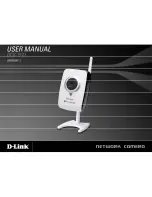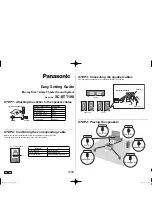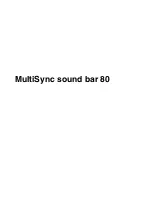
Section 1: Introduction
Section 1: Introduction
1.1 About the system
The PowerSeries Pro alarm panel is a feature-rich, scalable alarm system designed for commercial use. The alarm panel supports
both hardwired and wireless devices. This section lists the features of the alarm panel, available models, and compatible devices.
The following symbols are used to indicate features or methods of operation that are only available in a particular market. No symbol
indicates the feature or operation is available for all markets unless noted specifically otherwise.
CP-01
- North America
EN
- Europe
NFA2P
- France
UK
- United Kingdom
Features
The following features are available on the PowerSeries Pro alarm controller.
Zones, wireless keypads, wireless keys, panic pendants, and proximity tags
The system supports the following devices:
l
32 or 128 wireless zones or 32, 128, or 248 wired zones. This includes the 8 wired zones available on the controllers.
l
41 zone types and 15 programmable zone attributes.
l
8, 16, or 32 separate keypads supported.
l
32 separate wireless keys supported.
l
72 or 1000 separate proximity tags supported.
Access codes
l
Up to 1002 access codes: 1000 (level 2-EN) including one system master code (level 2-EN). In addition, one installer code
(level 3-EN), and one maintenance code are available.
Note:
EN50131-1 compliant systems using more than 100 access codes shall set the access code to 8 digits (section [041],
option 02).
l
Programmable attributes for each user code (see
"Access code attributes" on page 74
Programmable outputs (PGMs)
l
Up to 4 programmable outputs (PGM) on the alarm controller with 50 available options.
l
44, 166, or 180 maximum programmable outputs for HS3032, HS3128, HS3248.
System supervision features
The PowerSeries Pro continuously monitors a number of possible trouble conditions and provides audible and visual indication at
the keypad. Trouble conditions include:
l
AC power failure
l
Zone trouble
l
Fire trouble
l
Telephone line trouble
l
Communicator trouble
l
Low battery condition
l
RF jam
l
AUX power supply fault
l
Failure to communicate
l
Module fault (supervisory or tamper)
l
Bell trouble
l
Corbus troubles
l
Power unit trouble
- 5 -






































